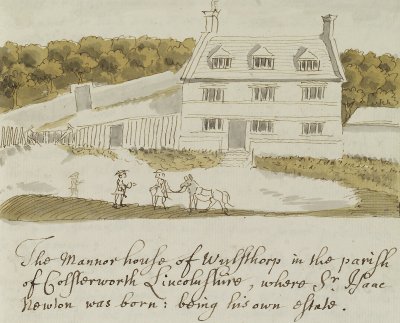Newton’s Character

Newton’s half-niece Catherine Barton (née Smith) married John Conduitt in 1717. Conduitt became a confidant of Newton in his last decade, and struggled unsuccessfully to write a biography of his hero after the latter died in March 1727. Conduitt relied to some extent on material sent to him by the antiquarian William Stukeley, who in the the middle of 1727 had sought out reminiscences of the few remaining people who could remember Newton as a young boy. Stukeley used his letters to Conduitt to write his own biography of Newton in the 1750s, but this was not published until the twentieth century. Both of these accounts try to display Newton’s greatness of mind and spotlessness of character, but the picture of Newton that comes from the pen of the first Astronomer Royal, John Flamsteed, is entirely different. Flamsteed’s Newton — recognisable to Newton’s enemies — is ambitious, duplicitous, and obsessively eager for flattery from acolytes such as Edmond Halley.
